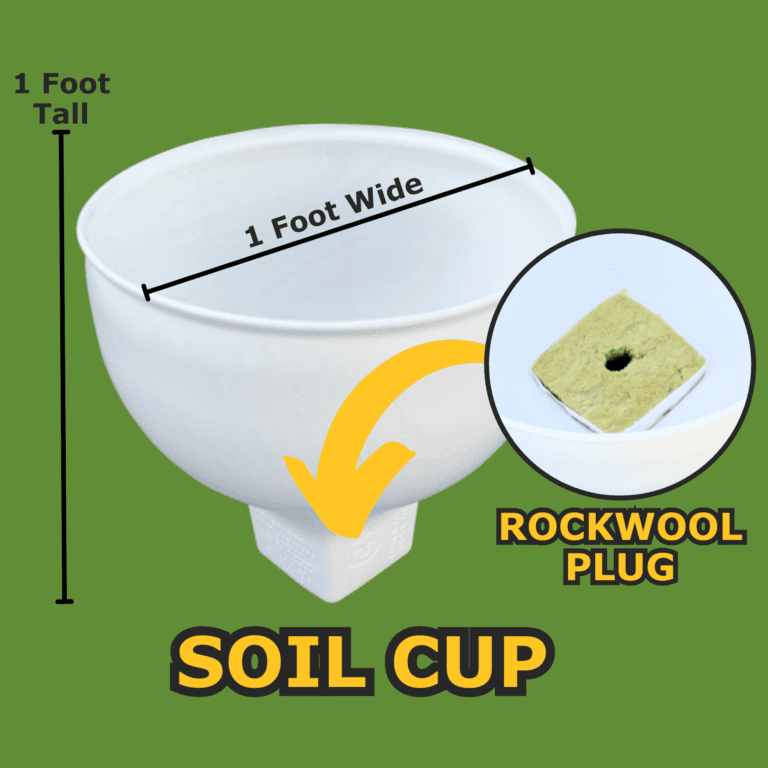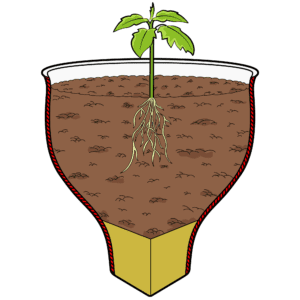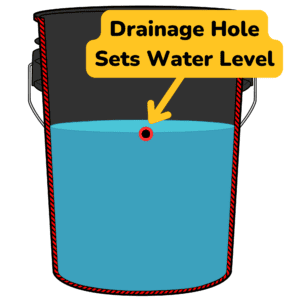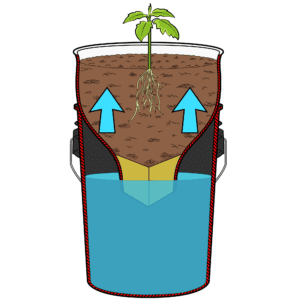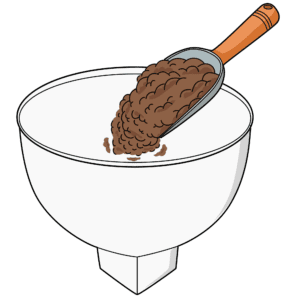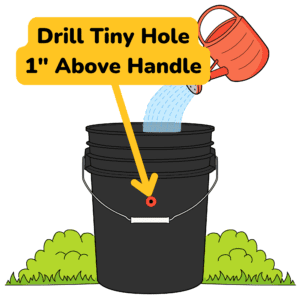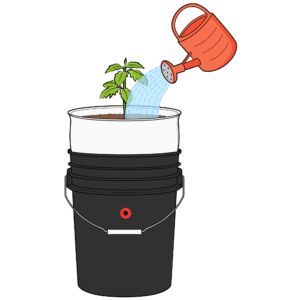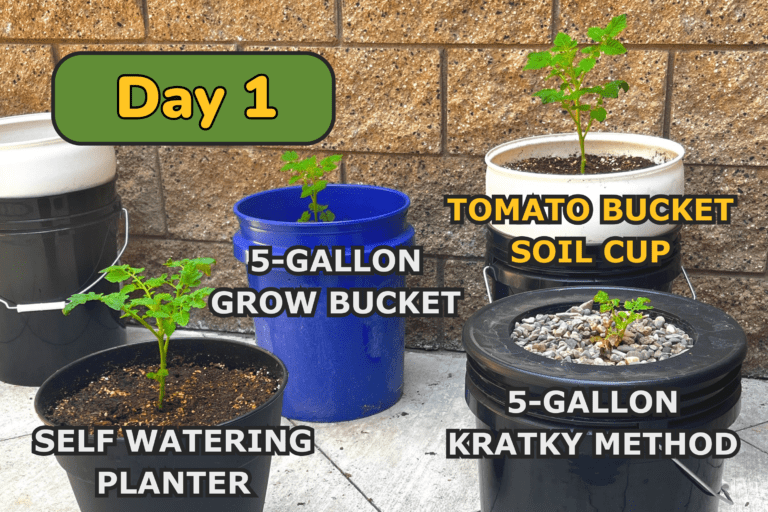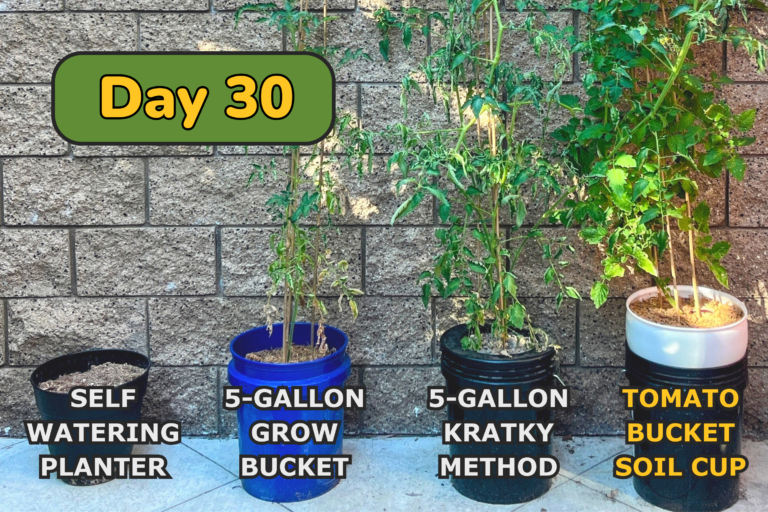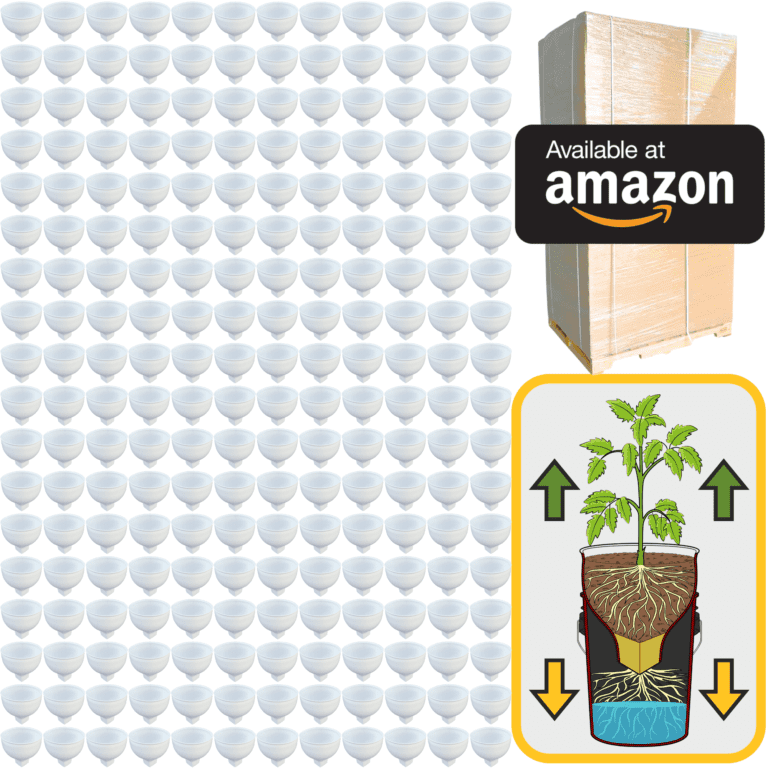One of the most important things you’ll ever learn as a gardener is how to manage light in your garden. Light is the lifeblood of plants. It powers the process of photosynthesis, which is how plants turn sunlight into energy. Without the right amount of light, your plants won’t be able to grow, produce flowers, or bear fruit. But the key isn’t just about making sure your plants get enough light—it’s about giving them the right type of light for their needs.
Every plant has its own preferences when it comes to light. Some plants are sun-lovers, soaking up as much light as they can all day long. Others are more sensitive and prefer to grow in shaded areas, where they are protected from the harsh rays of the midday sun. Understanding how much light each plant needs—and how to provide it—can be the difference between a thriving garden and one that struggles.
When gardeners talk about “full sun,” they mean a spot that gets six to eight hours of direct sunlight every day. Full-sun plants need this light to grow their best. Think about the vegetables that flourish in summer, like tomatoes, peppers, and cucumbers—these are the plants that crave all the sun they can get. If you’re growing these types of plants, it’s crucial to make sure they’re in a part of the garden that gets lots of uninterrupted sunlight, especially in the morning and early afternoon when the light is less intense. If they don’t get enough sun, they’ll start to stretch, producing long, leggy stems as they reach for more light. The result is weaker plants with fewer blooms or fruits, which can be frustrating when you’re expecting a bountiful harvest.
Then there are plants that prefer some shade, and this is where things get interesting. Partial shade, which is about three to six hours of direct sunlight, usually in the cooler morning hours, is ideal for plants like hostas, ferns, and many types of perennials. These plants can handle a bit of sunlight but need protection from the intense heat of the afternoon sun. Shade-loving plants, if placed in too much sun, can become scorched, with their leaves turning brown or yellow and the plant becoming stressed. They need the gentler light that filtered shade or morning sun provides to thrive.
Gardening in the shade might seem tricky, but it opens up a whole new world of possibilities. Some of the most beautiful and lush plants grow best in the shade. Ferns, for example, love the cool, moist conditions that shaded areas often provide. Their delicate, feathery fronds add texture and beauty to a garden spot where other plants might struggle. Similarly, plants like hydrangeas, which bloom in the partial shade, can add bursts of color to shadier areas of your garden.
One of the first things to do before you plant anything is to really get to know your garden. Spend time observing how the light moves throughout the day. Watch where the sun hits and for how long. It’s amazing how different parts of the same garden can have completely different light conditions. A spot that gets full sun in the morning might be shaded by afternoon, and areas that seem sunny in the spring could become more shaded as trees leaf out in summer. Once you know how light behaves in your garden, you can start to plan where each plant will go.
Sometimes, gardeners find that their garden doesn’t have enough sun for the plants they want to grow. If you’ve fallen in love with sun-loving plants but only have shady spots to work with, there are ways to increase the amount of light those plants get. Pruning back overhanging trees or shrubs can let in more light. You can also use reflective surfaces like light-colored fences or walls to bounce sunlight into areas that don’t naturally get enough of it. And don’t forget about container gardening—pots give you the flexibility to move plants around so they can chase the sun.
But what if you have too much sun? In the heat of summer, especially in hotter climates, too much direct sunlight can be just as damaging as too little. If your plants are getting scorched by the sun, their leaves may turn brown and dry out, and the plant will wilt or even stop growing. Providing shade, either by planting taller plants nearby or using shade cloths, can protect them from the hottest part of the day. You might also plant in a spot where they get full sun in the morning but some relief in the afternoon, when the sun is at its most intense.
It’s also important to remember that plants can’t move. If they’re not getting the right light where they are, they can’t just relocate themselves to a better spot. That’s where you come in. Moving a plant from a too-shady spot to a sunnier area (or vice versa) can make all the difference. Don’t be afraid to experiment and move things around. In fact, gardening is often about observing, adjusting, and trying again. The more you pay attention to how your plants respond to light, the more in tune you’ll be with what they need.
One trick that experienced gardeners use is grouping plants with similar light needs together. This makes it easier to manage their care because you won’t have to worry about some plants getting too much light while others are being starved of it. A bed of sun-loving herbs like rosemary, basil, and thyme will do great together in a sunny corner, while a mix of shade-loving ferns and hostas will thrive in a cool, shaded area. By grouping plants this way, you can create micro-environments that perfectly suit your plants’ needs.
Another thing to keep in mind is that light conditions can change throughout the year. In spring and fall, the angle of the sun is lower, and trees may not have full leaves yet, allowing more light to reach your garden. But in the peak of summer, when the sun is high and the days are long, the light becomes much more intense. You might need to adjust where your plants are located or how you protect them depending on the season. Plants that do fine in the early summer might need extra protection as the sun grows stronger in July and August.
Finally, don’t underestimate the power of shade. While sun-loving plants tend to get most of the attention, shady areas can be some of the most peaceful and beautiful parts of a garden. Shade can create a sense of calm and coolness, especially in the heat of summer, and many shade-loving plants have rich textures and colors that bring life to areas where direct sunlight is scarce. Gardening in the shade isn’t about making do with less—it’s about working with a different set of tools to create something unique.
In the end, gardening is about creating the right conditions for your plants to thrive. Light is one of the most important factors in plant growth, and learning how to manage it effectively is a skill that will serve you throughout your gardening journey. Whether you’re working with full sun, partial shade, or deep shade, there are plants that will flourish in every corner of your garden. By understanding how light affects plant growth, you’ll be able to choose the right plants for the right places, ensuring that your garden is not just beautiful, but also healthy and vibrant.
As you spend more time with your garden, you’ll start to notice how plants respond to light, and you’ll get better at giving them exactly what they need. With a little observation and care, you’ll master the art of managing light and shade, and your garden will thrive because of it. There’s nothing quite like the feeling of seeing your plants grow strong and healthy, knowing that you’ve created the perfect environment for them to flourish. And once you understand the dance between light and plants, you’ll be well on your way to becoming a confident and successful gardener.

